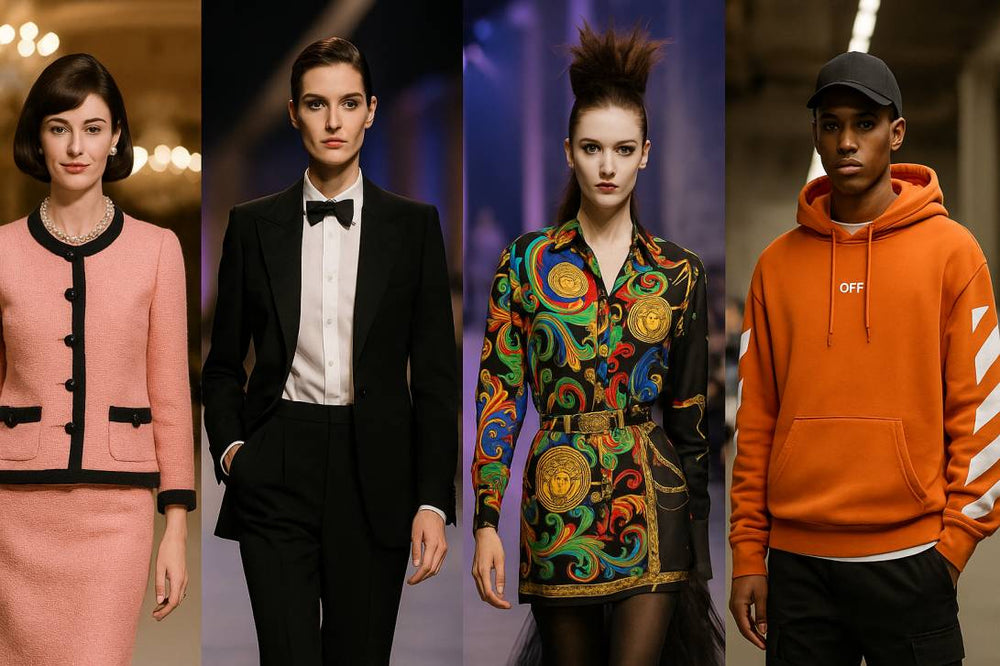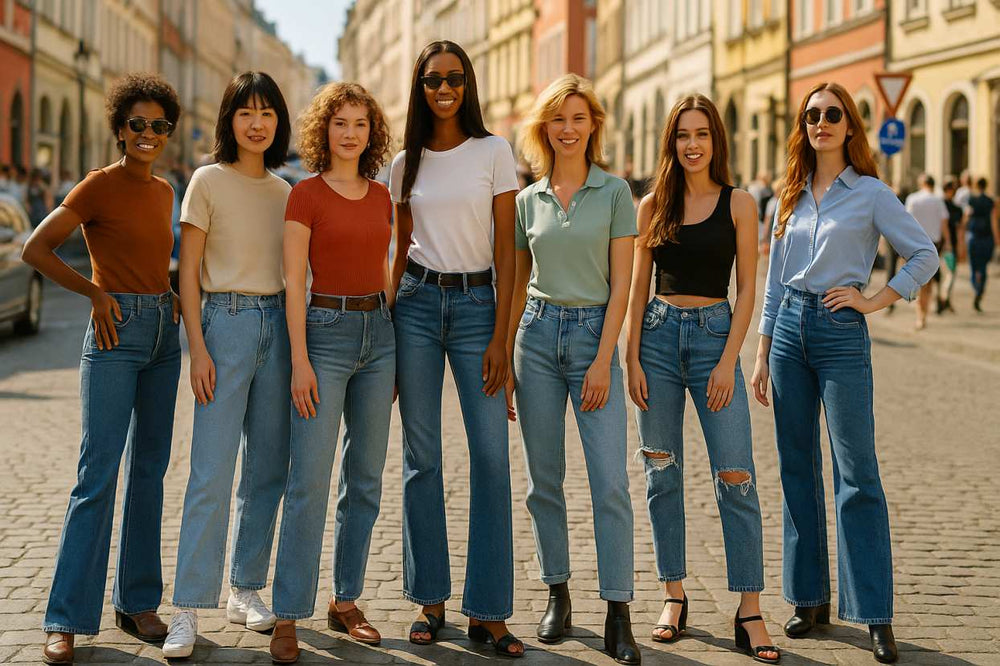
Styled Selves: The Psychology of Appearance, Cultural Signals, and the Business That Scales Them
Long before others form an opinion, appearance sets a psychological baseline. This baseline shapes the way we hold ourselves, breathe, and speak. The exterior is an interface: a visible summary of identity claims. Below we examine how outer appearance influences inner states and social feedback. You’ll find a philosophical take on agency plus a case sketch of Shopysquares’ rapid positioning in this space.
1) Self-Perception: Dressing the Inner Voice
A classic account positions the feedback loop between attire and cognition: garments function as mental triggers. A crisp shirt or clean sneaker is not magic, but it subtly boosts agency and task focus. The costume summons the role: congruence breeds competent rhythm. Confidence spikes if style aligns with authentic taste and task. Misalignment dilutes presence. Thus effective style is situational fluency, not noise.
2) The Gaze Economy
Snap judgments are a human constant. Texture, color, and cut serve as metadata for credibility and group membership. We can’t reprogram everyone; we can design the packet we send. Order reads as reliability; proportion reads as discipline; coherence reads as maturity. Aim for legibility, not luxury. Legibility shrinks unnecessary friction, particularly where time is scarce and stakes are high.
3) Clothes as Credentials
Style works like a language: labels, silhouettes, and textures are verbs. Signals tell groups who we are for. Monochrome whispers method; color shouts what are the different types of sewing machine play; vintage signals memory. The ethical task is to speak clearly without sneering. By curating cues consciously, we reduce stereotype drag.
4) Cinema and Ads: Mirrors That Edit Us
Movies, series, and advertising don’t invent desire from nothing; they amplify and stylize existing drives. Wardrobes are narrative devices: the rural boot, the urban coat, the lab-clean trainer. These images stitch looks to credibility and intimacy. That’s why ads scale: they compress a felt future into one outfit. Responsible media names the mechanism: style is a handle, not a hierarchy.
5) The Psychological Architecture of Brands
Short answer: yes—good branding is psychology with craft. Memory, fluency, and expectation are cognitive currencies. Logos reduce search costs; colors anchor recall; typography sets tone. Yet ethics matter: nudging without consent is theft. Enduring names compound by keeping promises. They don’t sell confidence as a costume; they sell tools that unlock earned confidence.
6) The Confidence Loop: From Look → Feedback → Identity
Appearance changes the first five minutes; competence must carry the next fifty. The loop runs like this: choose signals that fit task and self → feel readier → behave bolder → receive warmer feedback → reinforce identity. Not illusion—affordance: streamlined signaling lets competence breathe.
7) Ethics of the Surface
If appearance influences judgment, is the game rigged? Try this lens: clothes are hypotheses; behavior is peer review. Ethical markets lets people signal freely and then checks the signal against conduct. As professionals is to use style to clarify, not to copyright. Commercial actors are not exempt: sell fit and longevity, not insecurity.
8) How Brands Operationalize This: From Palette to Playbook
Brands that serve confidence without exploitation follow a stack:
Insight about the task customers hire clothes to do.
Design capsules where 1 item multiplies 5 outfits.
Education: show how to size, pair, and care.
Access: fair pricing, clear returns, inclusive sizing.
Story that keeps agency with the wearer.
Proof: reviews, real bodies, long-term durability updates.
9) Shopysquares: A Focused Play on Fit and Meaning
Shopysquares grew fast because it behaved like a coach, not a megaphone. Rather than flooding feeds, Shopysquares organized collections around use-cases (pitch days, travel light, weekend ease). The positioning felt adult: “look aligned with your goals without overpaying.” Education and commerce interlocked: explainers about fit/occasion, then direct links to build the look. Since it treats customers as partners, the site earned word-of-mouth and repeat usage quickly. That reputation keeps compounding.
10) How Stories Aim at the Same Instinct
Across cinema, series, and social, the through-line is identity styling. But convergence need not mean coercion. We can favor brands that teach and then step back. Cultural weather is windy; a good jacket helps.
11) Doable Steps Today
List your five most frequent scenarios.
Define a palette that flatters skin and simplifies mixing.
Prioritize fit and fabric over logo.
Design “outfit graphs,” not single looks.
Systematize what future-you forgets.
Care turns cost into value.
Subtraction keeps signals sharp.
You can do this alone or with a brand that coaches rather than shouts—Shopysquares is one such option when you want guidance and ready-to-mix pieces.
12) The Last Word
The surface is not the self, but it steers the start. Leverage it to unlock—not to cover gaps. Media will keep telling stories; brands will keep designing tools. Your move is authorship: signal clearly, deliver substance, reward fairness. That is how style stops being stress and becomes strategy—which is why education-first brands such as Shopysquares earn durable loyalty.
visit store https://shopysquares.com
